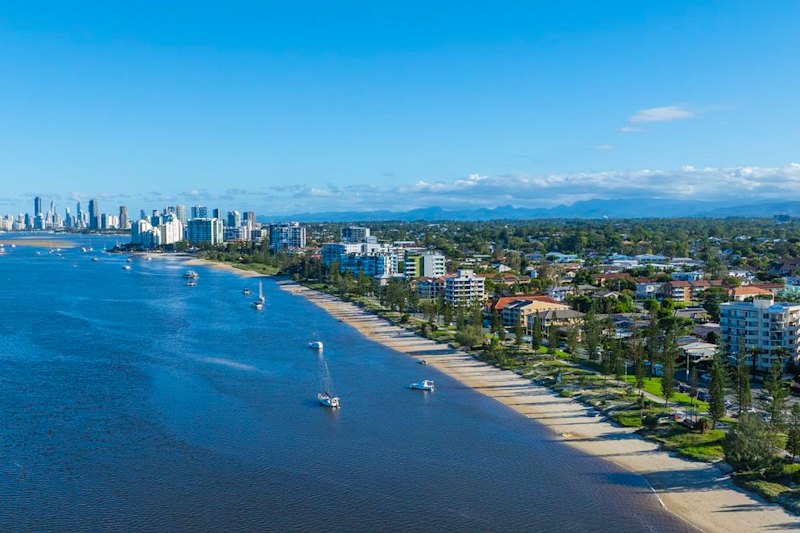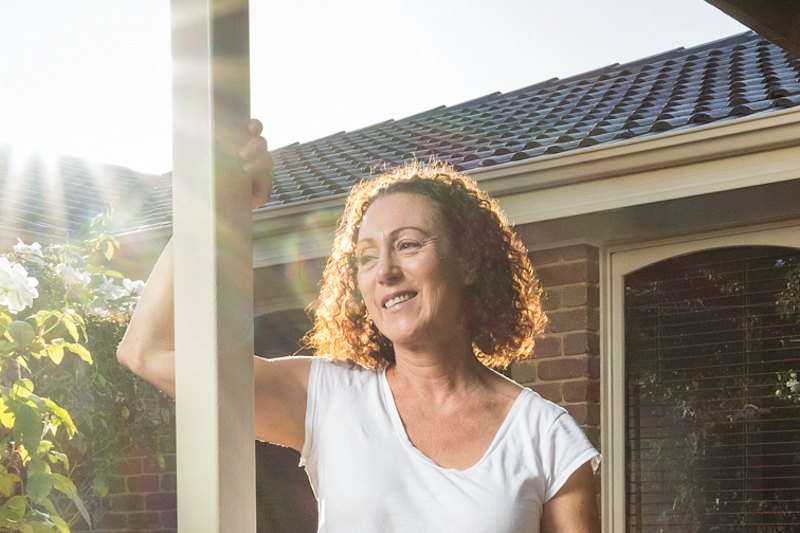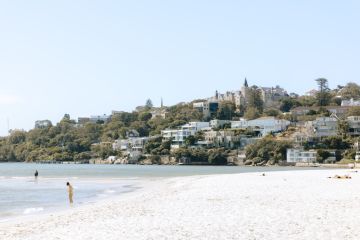Property prices are falling: should you wait for prices to fall further, or buy now?
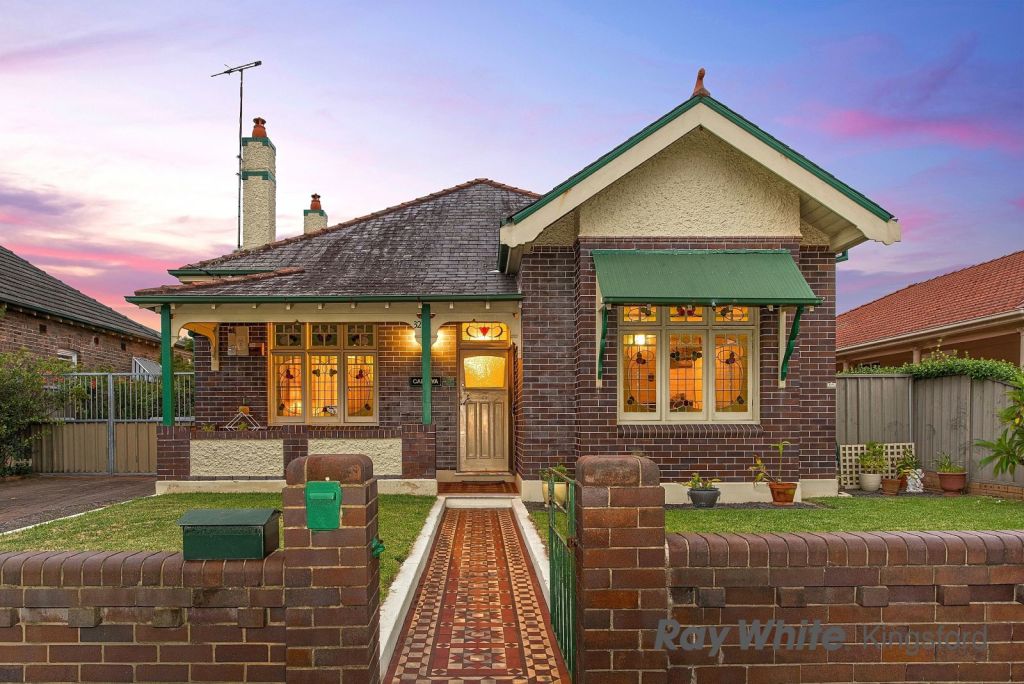
Winter is here, and it’s brought more than just a cracking cold snap – it’s brought a property market that couldn’t look more different from this time last year if it tried.
Gone are the frenzied buyers gripped by FOMO, housing markets in which prices rose by $1200 a day and auctions that routinely finished millions of dollars over their reserve.
Last year’s property zeitgeist of never-ending price rises has instead been replaced by rapid-fire interest rate rises (with more forecast to come), slowing or falling prices (depending on your postcode), and a general sense of trepidation.
If you’re a buyer, do you sit on your hands and wait for prices to fall? Or do you buy now before interest rates and inflation rise even more, reducing your borrowing power and spending capacity?
If you’re a seller, do you list now and meet the market before prices possibly fall further? Or do you hold off, assuming there will be less for sale in a few months, meaning fewer homes to compete with?
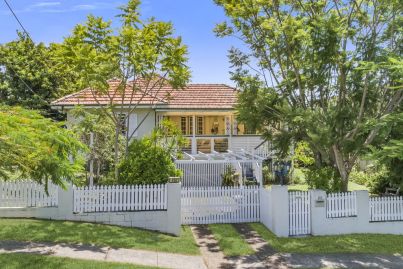

This period of uncertainty over what to do in the market is what Domain Home Loans mortgage broker Millind Garg calls the “transition phase”. Both buyers and sellers need a bit of time to catch up, he says.
“It takes about three to six months; people just want to sit on the fence in anticipation and get some clarity on what’s actually going to happen with rates and property prices,” says Garg.
“It’s the shock. As soon as people start to live with it, like COVID, they get used to it. They do their budget; they adjust.”
That hesitancy in the market, or transition phase, is being reflected in property data.
Analysis from Domain shows that the number of property searches fell substantially in April compared to the same time last year in every state except the Northern Territory. NSW, Victoria and the ACT recorded the most significant falls. Search volumes are down overall across Australia by 38 per cent.
| State | Search volumes (YoY) | Search volumes (MoM) |
| NSW | -44% | -6% |
| VIC | -42% | -8% |
| QLD | -23% | -3% |
| ACT | -45% | -3% |
| TAS | -29% | -2% |
| SA | -24% | -3% |
| WA | -15% | -5% |
| NT | 13% | 2% |
| Australia | -38% | -5% |
The number of current property listings increased in every capital city bar Canberra during May, data from Domain shows. Compared to a year ago, Adelaide, Perth and Brisbane – all markets that are holding up better this year – have fewer listings.
Domain chief of research and economics, Dr Nicola Powell, says even though current listings are up, not up by huge amounts, the fact they are increasing at all is an indication that the market has changed.
“One of the fundamentals in a change of market is where the current stock is sitting. A turn in the market is evident when you see that total supply build. Homes are coming onto the market quicker than they are purchased,” she says.
| Houses | Monthly change | Annual change |
| Canberra | -2.3% | 12.7% |
| Adelaide | 5.6% | -13.7% |
| Brisbane | 4.9% | -12.3% |
| Darwin | 8.3% | 21.1% |
| Hobart | 11.6% | 33.0% |
| Melbourne | 3.5% | 2.6% |
| Perth | 3.3% | -7.7% |
| Sydney | 5.6% | 7.8% |
“You’re getting a slow down in the number of buyers, there are fewer buyers than there were, and the turnover isn’t as high.
“The supply also builds because the properties for sale sit on the market for longer. They’re taking longer to sell.”
The data backs this up. The average number of days a property spends on the market has stretched out in Sydney, Brisbane, Perth, Melbourne and Hobart as buyers take advantage of a less competitive market – and take their time making decisions.
“When you reflect on the pressure cooker of the 2021 market, I know I’d prefer to buy under conditions that give me breathing room,” Powell says. “Buying under the pressure cooker conditions means you don’t have time to make smart or savvy conditions. I’d much rather buy now.”
Some buyers, though, are delaying their decisions altogether. Robert Bagala of First National Real Estate Hunters Hill, Gladesville and Ryde says recent weeks have revealed a large mix of buyers deciding to hold back and wait to see if prices fall further.
“The time when a purchaser will stall in making a decision to purchase will be at the early part of the interest rate rise cycle. Historically speaking, there’s always an element of adjustment immediately after,” he says.
“But I’m a big believer that this lull in the market represents a huge opportunity to purchase without that massive competition. Reflecting on similar occasions in history, we all agree those who purchase in these volatile or uncertain periods come out with far larger gains as opposed to those who wait or get caught up in the frenzy.”
So to buy now, or buy later?
Managing director of PK Property Peter Kelaher says there is evidence of Sydney buyers watching the market and trying to pick the bottom, mainly in the sub-$2 million range, but the risk in waiting is that they won’t be able to borrow as much when they eventually decide to buy.
“This doesn’t apply to wealthy or cashed-up buyers because they’re not relying on borrowing or needing to worry about what happens with interest rates,” he says.
“But for those who are borrowing, if they sit on their hands and cherry-pick the market, they’re probably going to get reassessed by the bank, and they might not be able to get as much money again.”
He says that buyers who don’t have to sell will simply take their property off the market if they can’t get their price, which means there’s less to choose from.
“That’s not a general market but the deals will still get done because there’s always people who have to buy and always people who have to sell,” he says.
Buyer’s advocate Mal James works with luxury properties in Melbourne and says although sentiment has dropped significantly, there are still people ready to purchase now, citing a recent sale at Kew that had six or seven buyers at the $7 million mark.
“Look, people are nervous about buying. Fewer people are acting. But we need to go back and look at the long-term view.
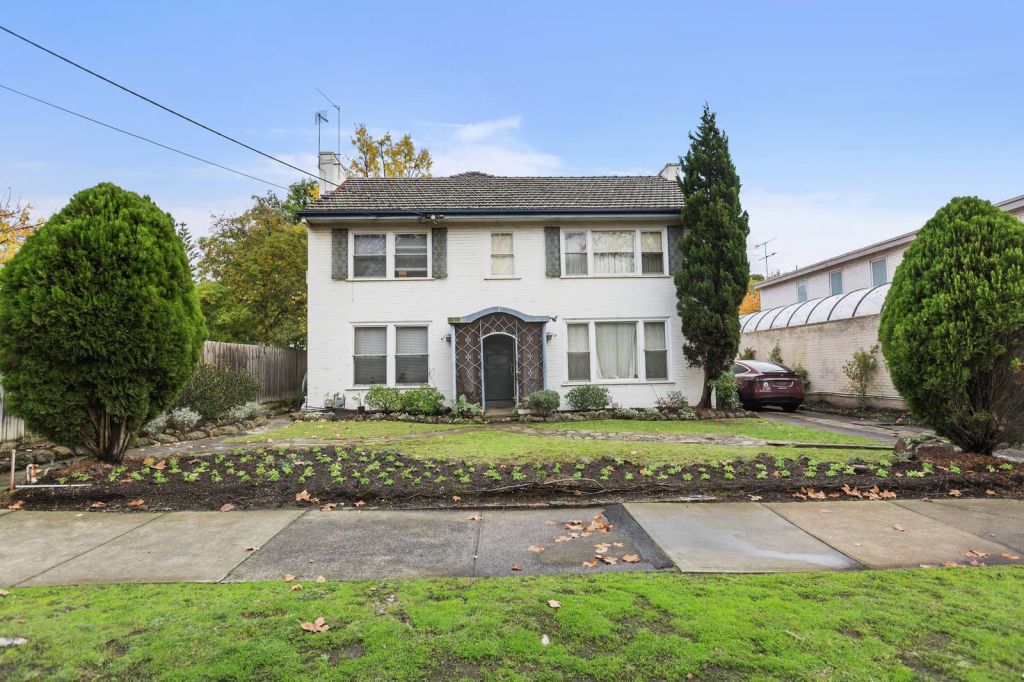
“How many people who bought in (previous downturns in) 2007 or 1989 or 2016, how many of those are in trouble now? If you’re looking at what’s going to happen in the next 18 months, it’s a short-term view.”
Mortgage broker Garg says buyers can wait for prices to fall further, or they can act now and get that much off the price anyway.
“Some clients are waiting for prices to drop 10 to 15 per cent, but my argument is can you negotiate that much off the asking price now? It may not be that much – but then they don’t need to reset their expectations when their borrowing capacity is reduced down the track.
“My view is it evens out in six months’ time.
“If you’re a seller, you might need to meet the market now. The person ready to offer $1 million now might only offer $900k in a month.”
The state of the market in cities like Brisbane and Adelaide is different.
In Brisbane, the average time it takes to sell a house has increased by four days, but properties are still selling twice as fast as they were this time last year. There is still less property for sale now than there was in 2022.
Alex Jordan of McGrath Paddington says Brisbane is holding up better than Sydney and Melbourne but acknowledged the market had changed very quickly.
“We’re in a new market,” he says. “Buyers are quick to drop their offers and sellers are still hanging on to prices from six months ago. This transition market is the most difficult to sell in.
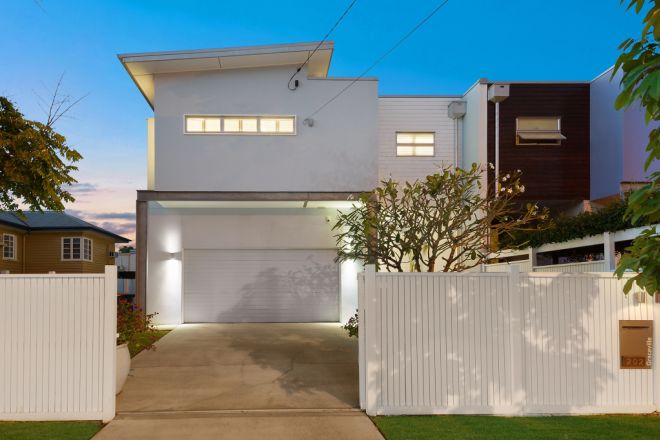
“I’d be confident in Brisbane in the medium term, but in the short term, there’s uncertainty. Some people are putting off their decisions.
“For me, I wouldn’t rush into a decision now but I wouldn’t put it off. The way the market is I can afford to wait, to be patient, but if something that suits my needs comes up, I’ll buy and transact now. If you’re buying a family home, you buy to keep it for a long time.
“Possibly, investors could be more selective with their entry into the market. It’s more a numbers game for them. In my game, trying to finesse the perfect entry is too hard.”
Adelaide agent Karen Lombe is blunt about the state of her city’s property market.
“Are buyers or sellers putting off decisions because of the interest rate rises? Absolutely not. That’s just not happening here,” she said.
“I just put a new property on the market last night and was then returning emails until 1.30am. I then had 10 phone calls this morning before 9.15am. Adelaide has not seen any slow down yet.”
Where other capital cities are feeling a swift shift in market sentiment, Adelaide is still selling like it’s 2021.
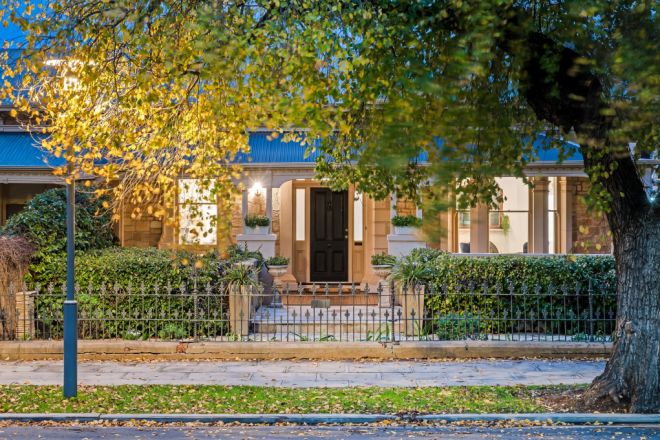
Lombe said the doom and gloom headlines coming out of Sydney and Melbourne were not relatable in Adelaide because the amount of property for sale was still being outstripped by the number of people wanting to buy.
“We’re actually a safe city, always. It doesn’t matter whether we’re having highs or lows, Adelaide is the temper centre. A safe place to buy property. Adelaide always survived.
“We are getting phone calls and selling properties on the phone, sight unseen, from people in the UK, Sydney, Melbourne [and] Perth. People are moving to Adelaide because it’s still – even after an exceptional couple of years of price rises – incredibly affordable and your living conditions are sensational.”
Unlike most other capital cities where properties are now taking longer to sell, houses in Adelaide are still flying off the shelves. Data from Domain found that during the month of May, the average time an Adelaide house spent on the market dropped to its shortest time on record.
Opportunities in a falling market
Falling prices is not necessarily bad news for buyers wanting to upgrade to a bigger or more expensive home, Kelaher says.
“Upgraders are going to come out of a market like this better,” he says. “If you own a $1 million home and sell for 10 per cent less, that’s $900,000. But if you then upgrade to a house that was $2 million and has come back to $1.8 million, you’re $100,000 better off.”
Powell says the fact that premium-priced properties in sought-after suburbs have fallen the most in value at this stage of the downturn presents a window of opportunity for buyers.
“Because those properties are being discounted by more, the cost of upsizing is technically better,” she says.
In Melbourne, sellers have caught on to the changing market already, according to buyer’s advocate James.
“Yes, Melbourne sellers are meeting the market. The majority of the market has adjusted, but some sellers are choosing not to sell because they can’t get the price they want,” he says.
“People are saying the market is going to fall 10 per cent, but it’s already fallen 10 per cent here. It’s been moving since [Melbourne] Cup Day last year.
“The market is very different from where it was six months ago.”
We recommend
We thought you might like
States
Capital Cities
Capital Cities - Rentals
Popular Areas
Allhomes
More
